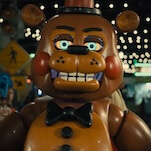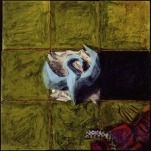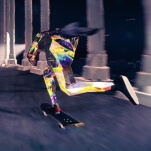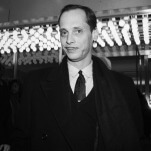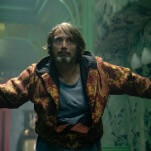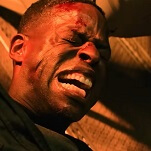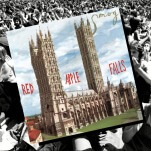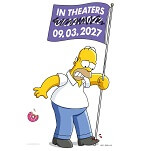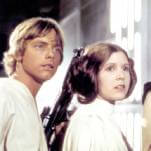The Fixer

Cartoonists Chester Brown and Joe Sacco began their non-fiction comics careers with idiosyncratic autobiography–Brown most notably with the austere adolescent vignettes The Playboy and I Never Liked You, Sacco with the first-person fact-finding tour Palestine–but both have migrated to straighter journalism, retaining the personal touch inherent in the physical act of drawing. For Sacco, it's been a natural progression. Palestine was split equally between the oral histories of Jews and Palestinians and Sacco's anecdotal account of his own discomfort in getting the story. Sacco then visited the former Yugoslavia, which gave him material for the staggering, book-length Safe Area Gorazde and the shorter pieces "Christmas With Karadzic," "Soba," and now The Fixer. There was less of Sacco in Safe Area Gorazde than in Palestine, and there's less still in the 100-page Fixer, which starts as a reminiscence of how a man named Neven helped Sacco get around Sarajevo, and dissolves into Neven's life story. ("Put yourself in Neven's shoes" is a common refrain.) While Neven reflects on the days of ethnic harmony in Sarajevo and how his petty criminal exploits led him to become a militiaman, Sacco asks around and learns that much of what his "inside man" says has been inflated to make him seem more connected and dangerous. As with most of Sacco's recent work, the hotspot history is a little convoluted (albeit vividly drawn), but the details of how the artist handles his subject are fascinating–from the interpretation of Neven's tendency to state the price of everything to the way Sacco draws his tour guide blowing literal and metaphorical smoke. Brown's previous sustained attempts at straight history were limited to an adaptation of the Biblical gospels, but he just spent four years working on a comic-strip biography of notorious mid-19th-century Canadian rebel Louis Riel. The collected Louis Riel doesn't let the author's voice intrude directly, but the look and tone of the piece is distinctly Brown's. Riel was a French-Indian man who attempted to represent his people in the fledgling Canadian government, and as a result, spent years in exile or in insane asylums. Brown draws Riel and the other players as tiny figures in boxy little panels, and puts deadpan dialogue in their mouths, creating an effect akin to a history play performed by finger puppets. Louis Riel is wry at times, but the comical flatness serves a function in emphasizing Riel's difficulty in mounting an effective protest while positioned hundreds of railroad- and telegraph-free miles from the seat of power. Both Louis Riel and The Fixer explore the common quandary of how patriotism gets reinterpreted as treason when regimes change. In that context, Brown and Sacco's careful illustrations have a subversive power: They scratch onto paper what had previously been a matter of rumor and vague perception.


